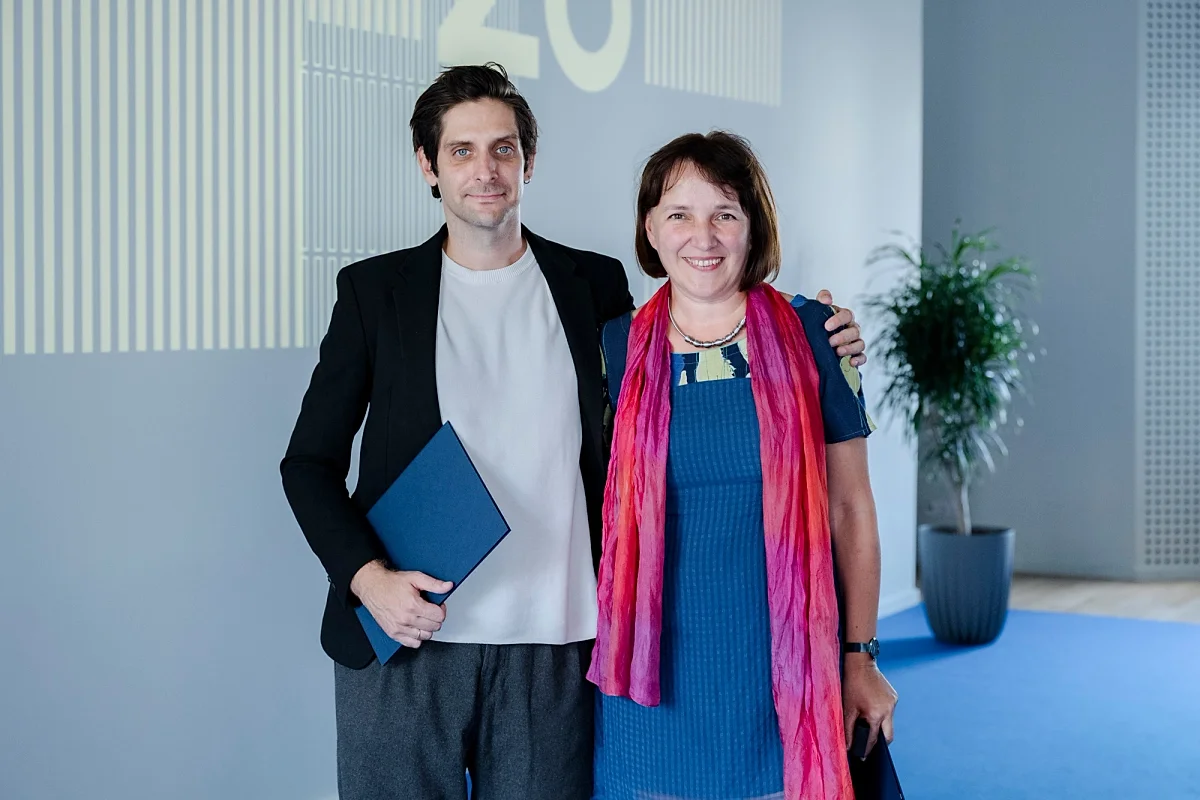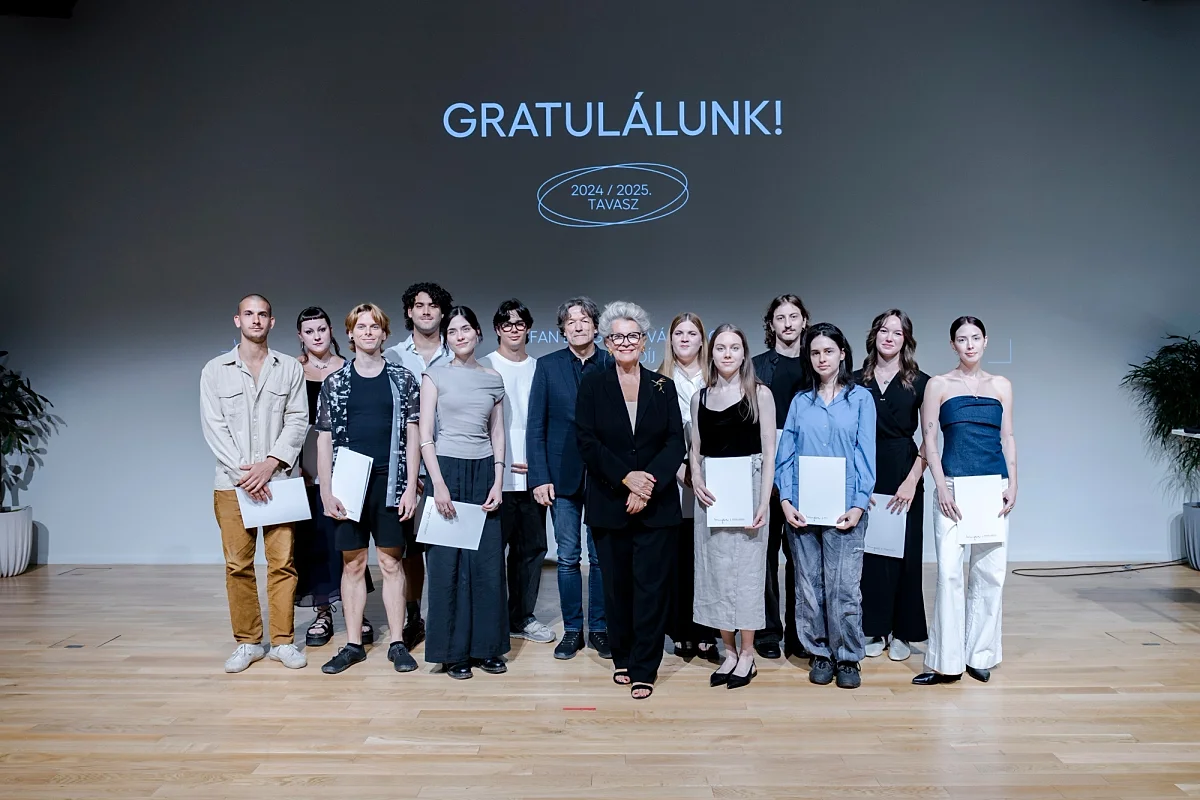
Starspot research using MOME's data visualisation published in Nature
“It’s a rare privilege to work on a project that is deeply interdisciplinary and carries such significant scientific weight. Our role focused primarily on the science communication aspect, presenting the importance of this unique research in an accessible and visually captivating way. Bringing to life a distant star located hundreds of light-years away pushed the boundaries of the intersections between science and art, but it was worth every challenge. The project became a true passion for us,” shared Ádám Radványi.
Data visualisation has become an essential tool in modern science communication, allowing researchers to present scientific findings in a format that is both comprehensible and visually appealing. Not only is it suited for crafting impressive visual narratives from raw data, but it also helps audiences grasp complex relationships and patterns.
The visualisation of red giant XX Trianguli’s surface dynamics marked the first milestone in a strategic collaboration between MOME and the HUN-REN Research Centre for Astronomy and Earth Sciences. There are plans for the MOME data science team to create illustrations and videos for other astronomical and geological research studies in the future, further enhancing the understanding of these fields through visually compelling content.
The red giant XX Trianguli proved an ideal subject for this study due to its large, cooler surface regions – visible as dark spots – and their remarkable variability over time. Over 2,000 measurements of the star’s surface changes were collected between 2006 and 2022 using the STELLA robotic telescope in Tenerife, and were used to create 99 temperature maps of the star’s surface employing an indirect surface imaging technique known as Doppler imaging. These maps were then transformed by the MOME’s data science team into a continuous video illustrating the evolution of the star’s surface features over time.
“This was no small challenge for us. Using the available data, we generated over 5,000 temperature snapshots using various interpolation methods and converted them into a seamless animation. We wanted to create a visualisation that would make the 16-year evolution of XX Trianguli’s surface accessible to a broader audience in a way that feels up close,” shared Ádám Radványi, data scientist at MOME, about the project.
Published in the prestigious scientific journal Nature Communications in early December 2024, the research provides groundbreaking insights into the behaviour of stellar magnetic fields. One of its central findings is that the surface changes of XX Trianguli do not exhibit the cyclic patterns observed in the Sun. This deviation sheds light on the workings of stellar dynamos, which generate magnetic fields in stars, including the Sun. Understanding the dynamo is crucial, as it drives the magnetic fields of the Sun, other spotted stars, and even Earth itself through similar mechanisms.
“Sunspots are the most well-known manifestations of the Sun’s magnetic activity, closely associated with various other phenomena, such as solar flares and the solar cycle, all of which are linked to the Sun’s interior dynamo,” explained Dr Zsolt Kővári, a scientific advisor at the Astronomy Institute of the HUN-REN Research Centre for Astronomy and Earth Sciences. “Starspots are analogous phenomena observed on other stars, but since we cannot directly observe the surfaces of distant stars, we relied on Doppler imaging in the case of XX Trianguli.”
Related scientific publication:
Strassmeier, K.G.; Kővári, Zs.; Weber, M.; Granzer, T.: Long-term Doppler imaging of the star XX Trianguli indicates chaotic nonperiodic dynamo
Nature Communications (2024)
DOI: 10.1038/s41467-024-54329-4


